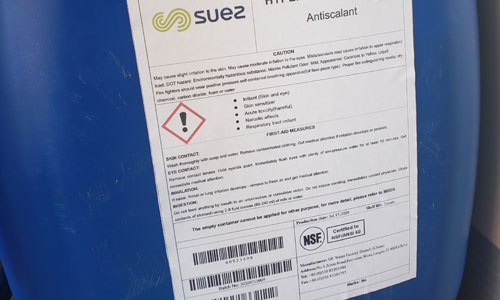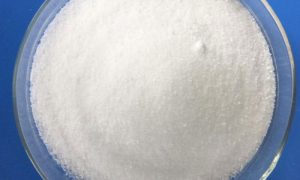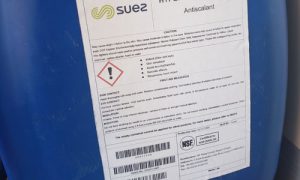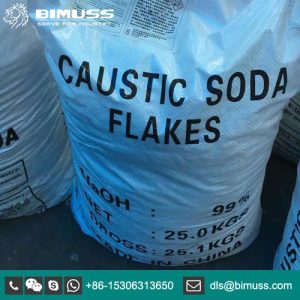FUELSOLV FMG2900

- Slagging and fouling
- High temperature corrosion
- Cold end corrosion and fouling
- Acid smut and mist formation
- Product feed and handling
FUELSOLV FMG2900- Fireside Deposit and Corrosion Inhibitor
- Slagging and fouling
- High temperature corrosion
- Cold end corrosion and fouling
- Acid smut and mist formation
- Product feed and handling
Provides
- Better soot blowing results
- Lower costs associated with maintenance and downtime
- Boiler efficiency and reliability
- Stable slurry for ease of feed and storage
DESCRIPTION AND USE
FUELSOLV FMG2900 is a stable slurry of micronized magnesium oxide in light oil applied to control fireside deposition, fouling, and corrosion. Careful attention to the micronization and manufacturing process ensures that his product is of the highest quality and provides maximum reactivity, surface area, and stability.
FUELSOLV FMG2900 works to control slag deposition and fouling by increasing the melting point and friability of the ash constituents, making them easier to remove during normal soot blowing and out-of-service cleaning. FUELSOLV FMG2900 is also effective in controlling cold end corrosion and acid smut emissions.
TECHNOLOGY
Combustion related problems in boilers include slagging, fouling, high temperature corrosion, and cold end corrosion of heat transfer surfaces and other boiler components.
The deposition is related to the presence of impurities in the fuels being burned and combustion practices. High temperature deposition occurs when molten ash from the fuel impurities contacts metal surfaces of the boiler and solidifies. When this “slag” contacts the metal surface, additional ash particles are trapped in the sticky molten mass. Uncontrolled, heavy slagging and fouling will result. Once deposits form, corrosion can result beneath the deposits. Soot blowing may not be able to remove these tenacious deposits. Deposit build up results in lost efficiency and reduced throughput of the boiler. High temperature corrosion will cause metal loss and eventual tube failure.
FUELSOLV FMG2900 combines with various ash constituents to raise their melting points and weaken their deposit structure. This allows the ash to pass through the boiler as a solid and increases friability of any deposits which do form, making deposit removal easier by means of soot blowing or off-line cleaning.
Sulfur trioxide is formed from the combustion of sulfur contained in fuels. It combines with the water vapor in the flue gas to form sulfuric acid. The acid corrodes metal surfaces that are below the acid dew point. This condition is typically referred to as low temperature or cold end corrosion. In addition, the corrosion products can plug gas passages between tubes.
FUELSOLV FMG2900 combines with the vanadium to reduce the catalytic conversion of SO2 in the flue gas to SO3. Preventing the formation of SO3 in the flue gas can also result in lower stack opacity. Also, FUELSOLV FMG2900 will directly inhibit acid corrosion by neutralizing SO3 and coating the tube surfaces.
TREATMENT AND FEEDING REQUIREMENTS
Proper treatment levels for FUELSOLV FMG2900 depend on many factors such as the type of problem and severity, and the design and operating characteristics of the boiler. Therefore, this product should be used in accordance with control parameters BetzDearborn establishes for a specific application.
FUELSOLV FMG2900 should be fed by spray atomization into the furnace in an area that allows adequate distribution over the problem area. However, if this is not practical, the product can be fed with the Fuel FUELSOLV FMG2900 should be fed neat (undiluted) with a special diaphragm pump. Storage tank recirculation system is recommended for this product.
PACKAGING INFORMATION
FUELSOLV FMG2900 is available in a variety of containers and delivery methods. Contact your BetzDearborn representative for details.
SAFETY PRECAUTIONS
A Material Safety Data Sheet containing detailed information about this product is available upon request.



